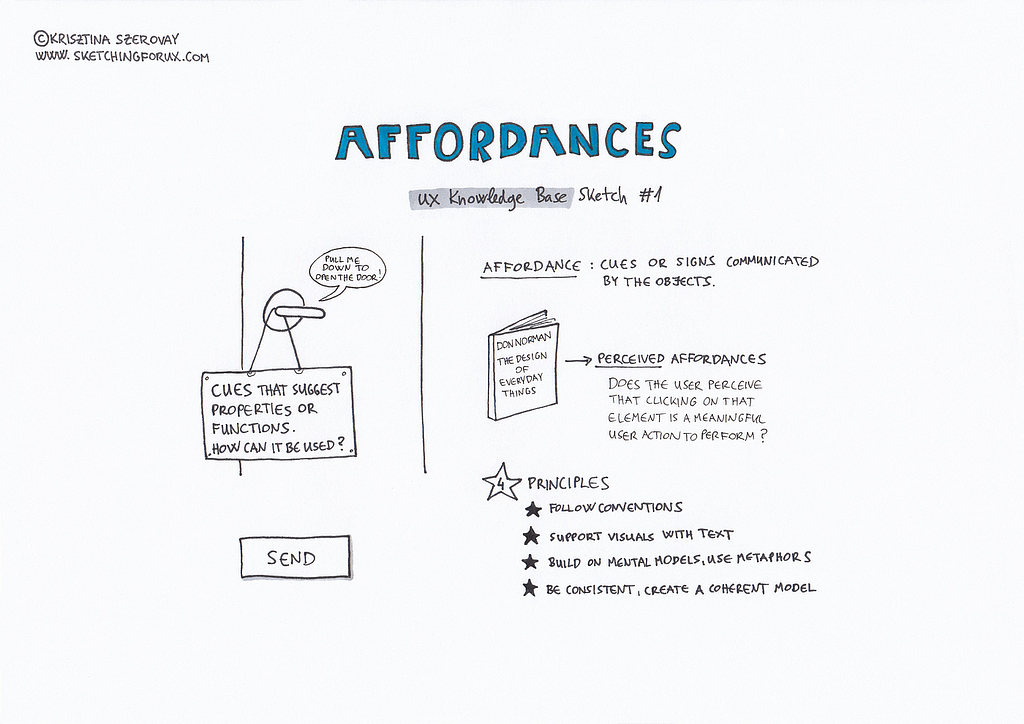
1. Simplicity
Keep the design simple. Complexity should be minimized to improve usability and understandability.
Understanding how people think and behave can help you craft experiences that guide users toward desired actions.
Balance innovation with familiarity. While innovation is crucial, too much deviation from familiar patterns can confuse users. Find the right balance to introduce new solutions without alienating your audience.
2. Consistency
Ensure visual and functional consistency throughout the product. This helps users learn and interact with the product more efficiently.

Understand how your product fits within the larger ecosystem. Consider interactions with other products, services, and the environment.
3. Efficiency of use
Design effective information architecture for your product.
Accommodate both inexperienced and experienced users.
Use a principle of affordances. Design elements should suggest how they can be used, making interactions intuitive.

4. Accessibility
Acknowledge and design for the diversity of your user base. Design products that are accessible to people with all sorts of abilities.

5. Scalability
Consider future growth and changes as you design. Making your design scalable can save time, resources, and ensure consistency as your product evolves. Try to anticipate future trends and technologies that could impact your product
6. Memorable design
Make your product more relatable and memorable. Analyse user flow and use techniques like storytelling when communicating information to your users. A compelling narrative can help communicate the purpose and value of your product, engaging users on an emotional level.
7. Aesthetic and minimalist design
An aesthetically pleasing design creates a positive response in people’s brains and leads them to believe the design actually works better.

Interfaces should not contain information that is irrelevant or rarely needed. Every extra bit of information competes with the relevant units of information and diminishes their relative visibility.
8. Sustainability
Consider the environmental impact of materials and processes used in product design. Aim for sustainability throughout the product lifecycle.

9. Emotional design
Aim to evoke positive emotions through your design. A product that users form an emotional connection with can increase user engagement and loyalty.

10. Ethical design
Consider the broader impact of your design on privacy and individual well-being. Strive to design products that are not only effective but also responsible and ethical. Avoid dark patterns and manipulative tactics that could harm the user experience or trust.

Want To Master Product Design?
Try Interaction Design Foundation. It offers online design courses that cover the entire spectrum of product design, from foundational to advanced level.
This post contains affiliate link(s)
10 Core Product Design Principles was originally published in UX Planet on Medium, where people are continuing the conversation by highlighting and responding to this story.